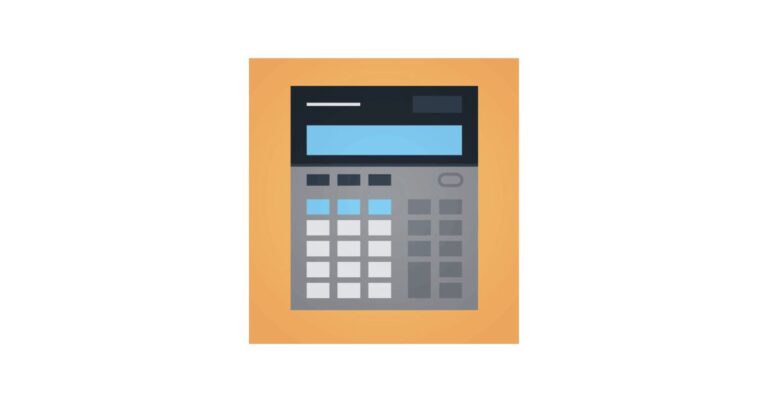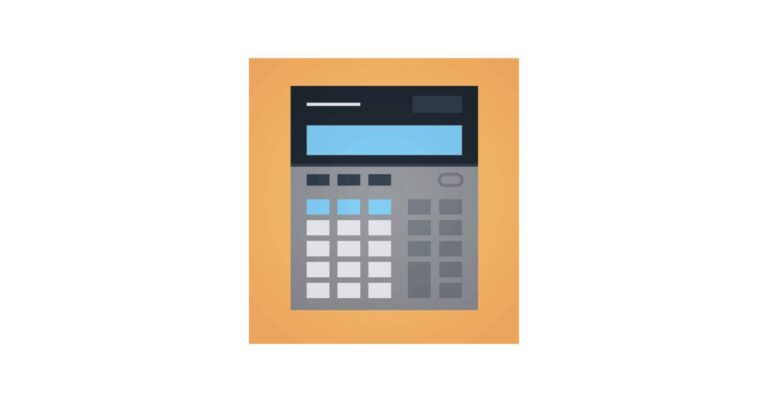Run Your First 5K!
We are excited to share our 10-week 5k running plan for beginners with you.
Our expert coach, Ilya Tyapkin, has created a 5k-specific training plan perfect for beginners, even if you’ve never run.
10-Week 5K Running Plan for Beginners

How Does the Training Plan Work?
This 10-week 5K beginner training plan was created to help novice runners run their first 5K race.
Each week, running intervals will increase progressively in duration while maintaining walk breaks to prevent overuse injuries and build aerobic capacity.
In the initial weeks, sessions alternate between short running and walking. The plan reduces walk breaks and introduces longer continuous runs as you progress.
With this approach, you can steadily improve your endurance and reach the 5K distance by week 10.
Training Structure Breakdown
The weekly structure includes three running days, a focus on progression in run-to-walk ratios, and consistent rest days.
Here’s a breakdown:
Running Days (Mon, Wed, Sat): These involve running/walking intervals in the first five weeks, with intervals decreasing over time. Weeks 6–10 transition to more continuous running, helping you work toward 5K endurance.
RD (Running Drills): Short running and balance exercises are recommended after each run to boost overall running technique and improve form.
Rest Days (Tuesday, Thursday, Friday, Sun): Rest days are strategically spaced for recovery, allowing muscles to rebuild and adapt to training.
What Paces Should I Train At?
Since this is a beginner-friendly plan, focus on a comfortable pace. During running intervals, maintain a pace where you can speak without feeling breathless.
The aim is to avoid exhaustion. As the plan progresses, your natural pace should improve. Finishing each workout with a comfortable effort is key to building endurance.
What is a Good Target Time for a 5K?
For beginners, a target time for completing a 5K is 30 to 40 minutes, averaging around 6:00 to 8:00 minutes per kilometer.
However, the main goal for your first 5K is to finish comfortably and confidently rather than focusing on speed. Over time, as you build more running experience, you can set time-based goals that match your fitness level.




